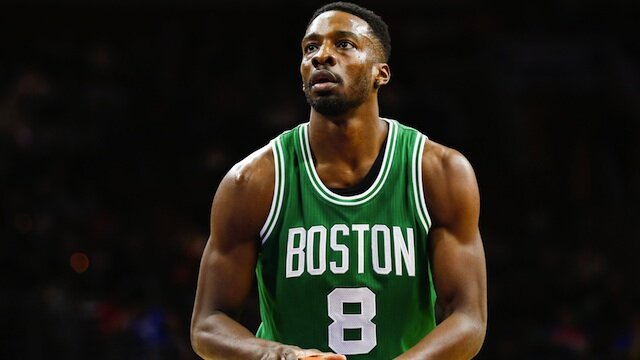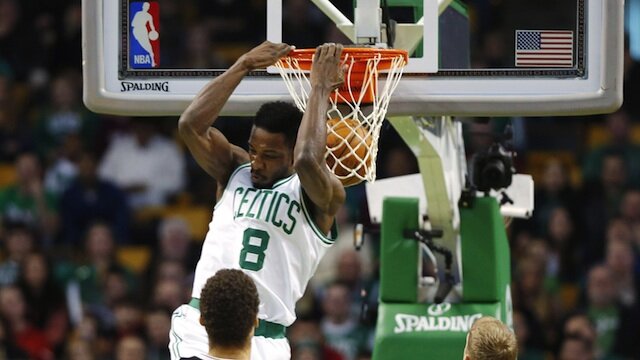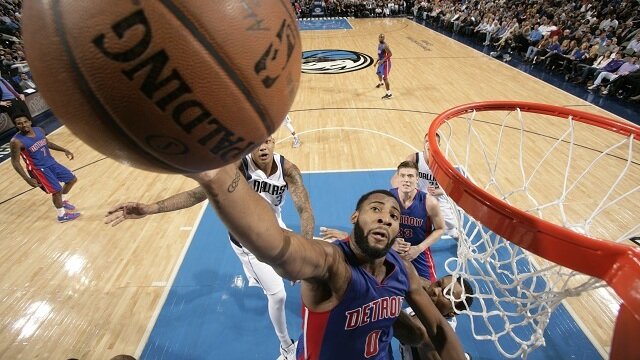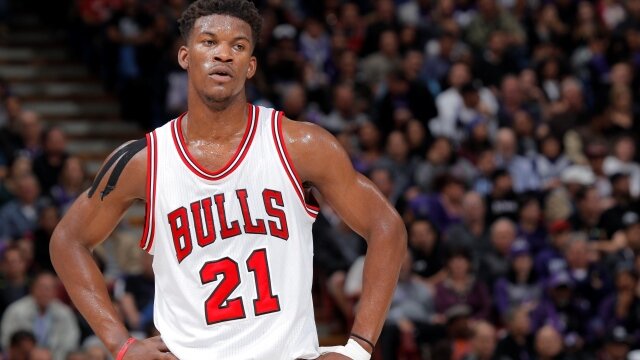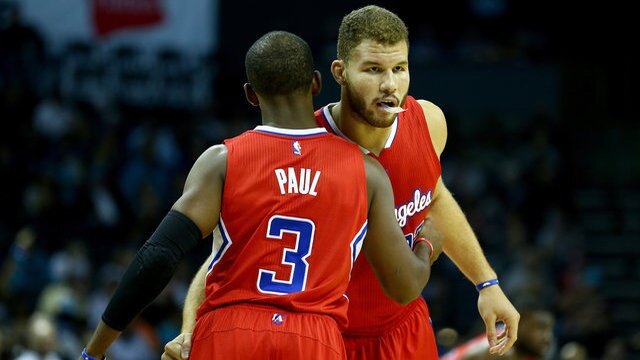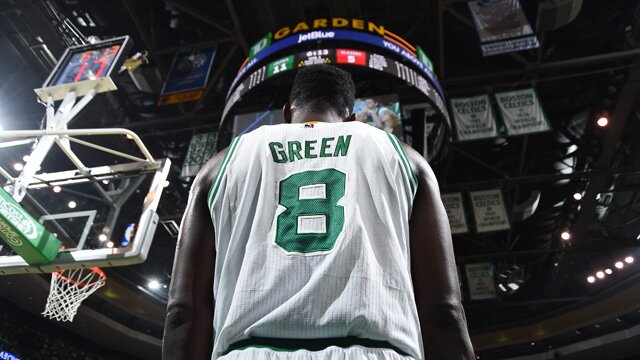Erik Spoelstra Plotting San Antonio-East In Miami
The first week of the new NBA season is in the books, and the Miami Heat once again sit atop the Eastern Conference. While Miami is certainly not the favorite to win the conference, Erik Spoelstra is transforming his team into its own version of the San Antonio Spurs. The national media’s skepticism about the Heat is mostly centered on age and injury; these are valid concerns, but also unfair assumptions for what feels like a brand new team. Such criticisms are no longer lobbed at the Spurs simply because of the brilliance of Gregg Popovich and the depth of contributors on the roster. Spoelstra is very familiar with the Spurs’ way, outlasting San Antonio in the classic 2013 NBA Finals before getting massacred this past season, and his early season strategy both rotation-wise and offensively has been very Spur-like.
Miami’s rotation may undergo wholesale turnover throughout the season, but the early indication is that Spoelstra will be moving closer to the Spurs’ model of keeping his players to a tight 30 minutes. Despite the early absences of SF Danny Granger and PF Udonis Haslem as well as the limited minutes of PF Josh McRoberts, only PF/C Chris Bosh has played more than 32 minutes per game. SF Luol Deng (32.0 mpg) will lose a few minutes to a healthy Granger, and SG Dwyane Wade (31.7 mpg) will likely get some extra rest as the season moves forwards. The platoon of options at point guard has served Spoelstra well so far, and the two forward spots are also both three-deep with each player offering a unique, useful skill set. The Heat look very capable of handling an injury or two at the point or at forward.
The two most interesting facets of the Heat rotation moving forward will center on — SURPRISE! — Bosh and Wade. Bosh may be too good and too valuable to the Heat on both ends of the floor to play less, but Spoelstra may have to limit his workload at times to keep him fresh for battles to come. In this way, Miami must function more like the Spurs of the mid-2000s when PF Tim Duncan had more of a featured role. Wade faces similar questions about workload, especially with his injury history, yet the Heat don’t have a reliable backup at shooting guard capable of stepping into full-time duties. G Mario Chalmers is currently serving as the reserve at the position, but Miami’s depth issues will surface if Wade misses significant time.
Small sample size notwithstanding, Miami has passed the ball as much and as effectively as any team in the NBA thus far. A quick look at the NBA’s new player tracking statistics finds the Heat at or near the top of all the passing categories at sixth in passes per game, second in FT assists per game, third in secondary assists per game, first in assist opportunities per game, and second in points created by assist per game. That Miami’s company atop the passing charts features an Atlanta Hawks team coached by Popovich-discipled Mike Budenholzer, as well as a pair of contending teams — the Washington Wizards and Los Angeles Clippers — led by elite point guards Chris Paul and John Wall is an encouraging sign.
San Antonio dominated the passing categories in last season’s inaugural year of the NBA’s expansive player tracking, yet another promising indication of the early returns of the new era in Miami. The team passing has improved even without a full implementation of McRoberts, a passing maestro from the forward spot who needs time to develop chemistry with teammates after missing the preseason. McRoberts should be an excellent complement to Bosh and reserve C Chris Andersen in the frontcourt with a playing style and versatility similar to Spurs F Boris Diaw.
The fall after Pat Riley salvaged a tough summer in South Beach, Spoelstra has reinvented the Heat, and the Spurs’ blueprint could make Miami into a more formidable team than most predicted.
5 Realistic 2015 NBA Trade Machine Deals
The NBA trade machine is always good for a couple hours of entertainment, but what are some moves that could actually happen? Read More
Metta World Peace Discusses Affordable Education
In his official blog, Metta World Peace discusses what more affordable education would mean to our society. Read More
NBA's 10 Biggest Game Changers of 2015
These 10 NBA players haven't quite reached the pinnacle of their talents yet. But watch out for in 2015. Read More
Celtics Preparing for Future With Wright Trade
Today’s Brandan Wright trade signals the Boston Celtics are serious about sacrificing the present for the future. Read More
Grizzlies Major Contenders With Addition of Green
According to reports from Adrian Wojnarowski, a deal where Jeff Green goes to the Memphis Grizzlies is just about finalized. Where does this put Memphis in the Western Conference picture? Read More
Celtics Shouldn't Trade Jeff Green Yet
Rumors have been swirling that the Memphis Grizzlies are interested in trading for the Boston Celtics' Jeff Green. However, Boston would be ill-advised to trade their top scorer at this time. Read More
Andre Drummond is a Defensive Force
Taking a look at the Detroit Pistons' Andre Drummond and why he will be a force to be reckoned with for years to come. Read More
Grizzlies Trading for Green is a No-Brainer
Trading for Jeff Green is an absolute must for the Memphis Grizzlies if they want to be serious contenders in 2015. Read More
Chicago Bulls Rumors: Butler Deserves Max Contract
The Chicago Bulls are sitting close to the top of the standings in the Eastern Conference, and Jimmy Butler is a big reason why. Should the Bulls ink Butler to a max contract? Read More
5 NBA Trade Machine Deals That Make Too Much Sense
Approaching the Mar. 1 trade deadline, expect plenty of action as contending teams look to add the final piece to the puzzle. Read More
Mavericks vs. Clippers: Game Preview
The Dallas Mavericks go on the road to take on the Los Angeles Clippers. Which team will come out on top? Read More
Celtics Need To Trade Jeff Green Now
With Rajon Rondo now gone, Jeff Green is the next player to be traded from the Boston Celtics, and Danny Ainge needs to pull the trigger sooner rather than later. Read More
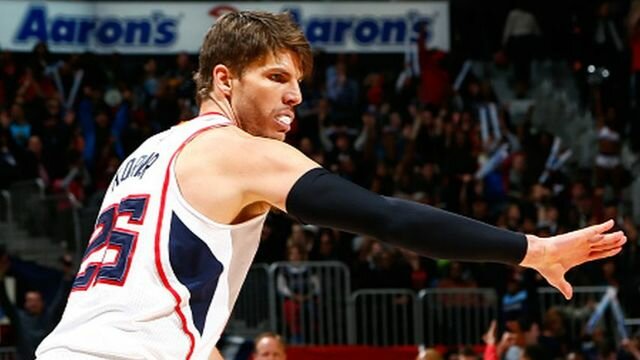
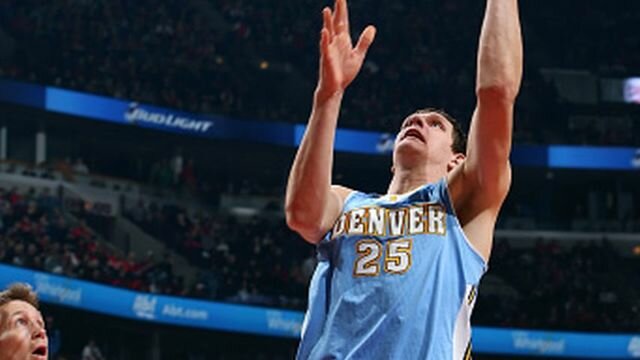
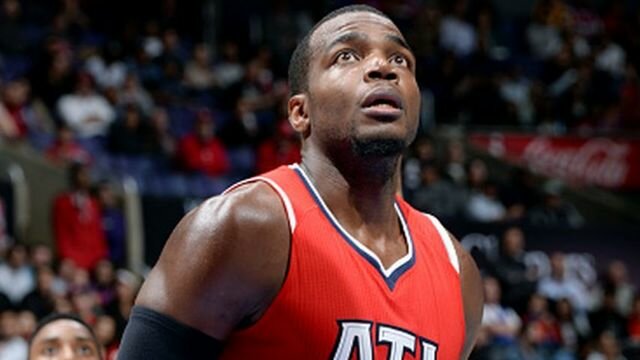
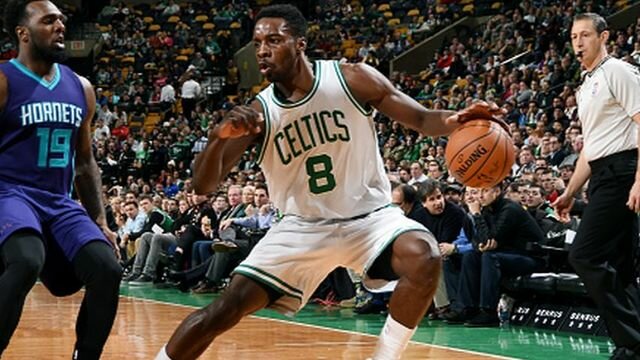
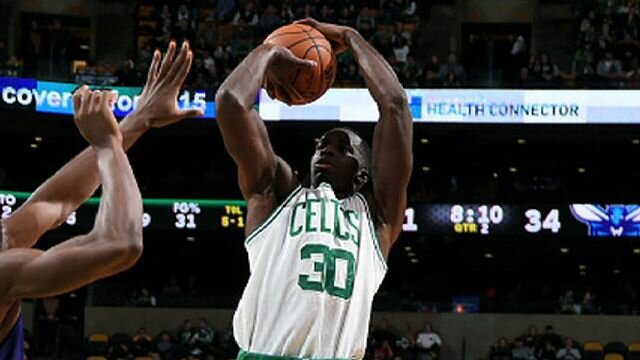
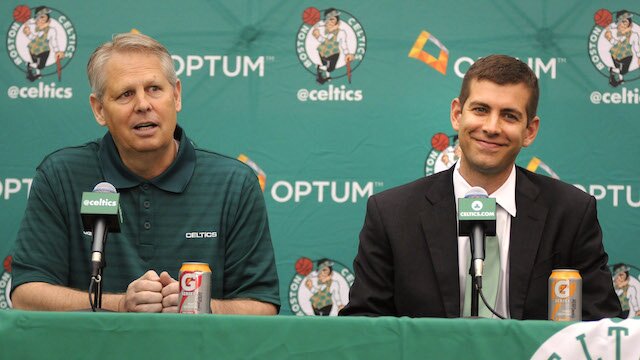
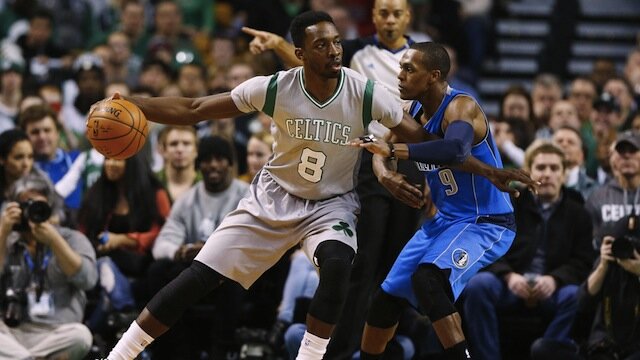
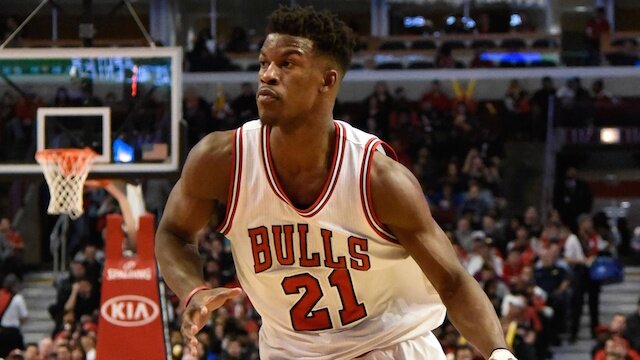
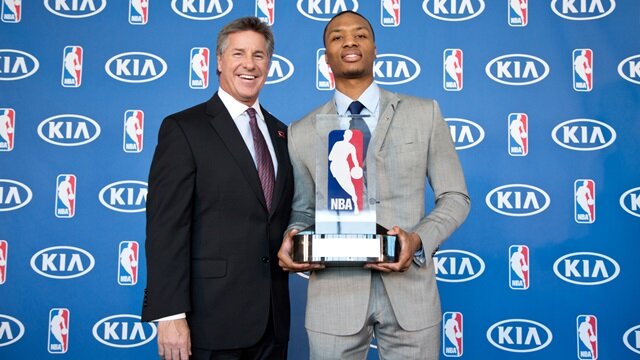
 @MattSamFolk
@MattSamFolk 








